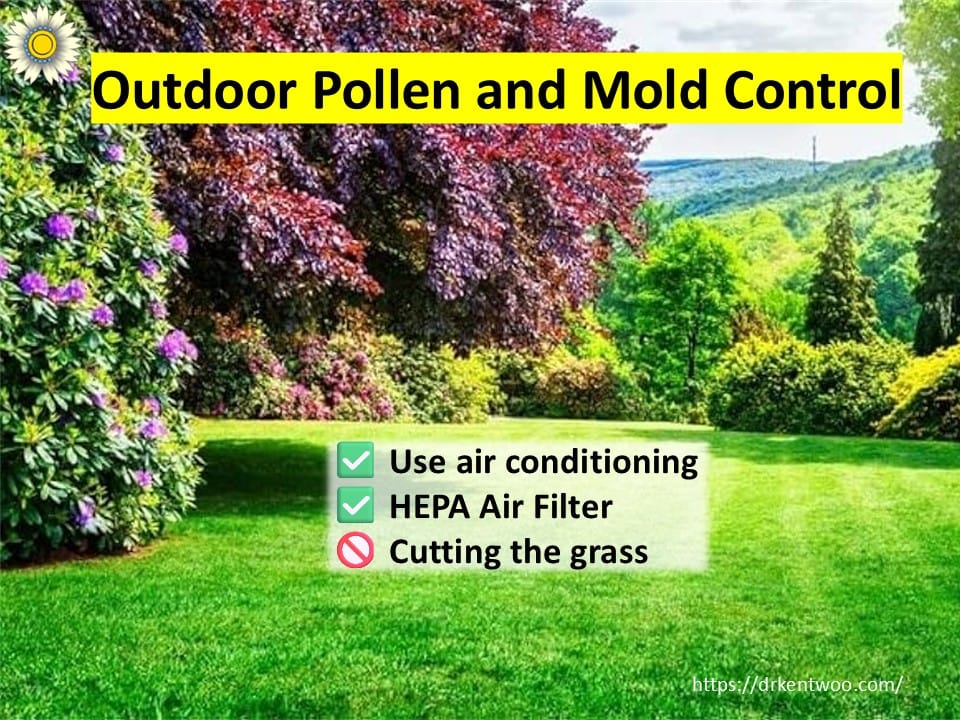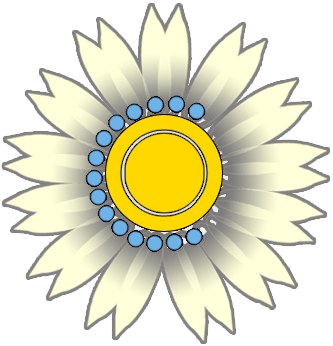Outdoor Allergies: How to Protect Yourself from Pollen & Mold

Springtime blooms, fresh-cut grass, and autumn leaves may look beautiful, but for allergy sufferers, they can mean sneezing, itchy eyes, and congestion. Outdoor pollen and mold spores are some of the most common triggers of seasonal allergies, making it essential to know how to minimize exposure.
Let’s break down the best strategies to manage outdoor allergies—plus, debunk some common myths!
What Are Outdoor Pollens & Molds?
🌿 Pollen: Many plants, including trees, grasses, and weeds, release tiny, lightweight pollen grains that are easily carried by the wind. These pollens trigger seasonal allergies, also known as hay fever (allergic rhinitis).
🍄 Mold Spores: Outdoor molds are tiny fungi related to mushrooms. Their spores float in the air much like pollen and thrive in damp environments like soil, fallen leaves, and decaying wood.
Both pollen and mold spores can travel long distances, making it hard to avoid exposure completely—but not impossible!
Outdoor Allergies in Tropical vs. Temperate Climates
Temperate Climates (Four Seasons)
In countries with distinct seasons, pollen levels fluctuate dramatically.
- 🌳 Tree pollen peaks in early spring (February–April).
- 🌾 Grass pollen dominates in late spring and early summer (April–July).
- 🍂 Weed pollen surges in late summer and fall (August–October).
Cold winters offer relief, but allergy sufferers experience severe seasonal spikes during the warmer months.
Tropical Climates (Year-Round Pollen & Mold)
In tropical and humid regions, like Southeast Asia, pollen and mold allergies persist all year because plants don’t follow a strict seasonal cycle.
- Pollen exposure is more consistent, though levels don’t spike as dramatically as in temperate regions.
- Mold thrives in humidity, making it a constant allergen, especially in areas with high rainfall or poor ventilation.
💡 Tip: Even without seasonal changes, air pollution and haze can worsen allergy symptoms in tropical regions. Monitoring air quality is just as important as tracking pollen counts.
How to Reduce Exposure to Pollen & Mold
1. Stay Indoors When Allergy Levels Are High
✔️ Keep windows closed, especially during peak pollen and mold seasons.
✔️ Use air conditioning in your home and car to filter out allergens.
✔️ Check daily pollen and mold counts (available on weather apps or local news) and limit outdoor activities when levels are high.
2. Mold Allergy Prevention Tips
🍁 Avoid Raking Leaves – Stirring up leaf piles releases mold spores into the air.
🌾 Stay Away from Hay Bales & Compost Piles – These are prime mold breeding grounds.
🌲 Avoid Heavily Wooded Areas – Shady, damp environments are full of mold spores.
🚜 Skip Mowing the Lawn – Grass cutting sends pollen and mold spores airborne.
💡 Tip: If you must do outdoor yard work, wear a mask and gloves to reduce exposure.
What Doesn’t Work: Myth-Busting Outdoor Allergy Remedies
🚫 Myth: “Rain makes pollen allergies better.”
🔍 Fact: Light rain can temporarily reduce pollen in the air, but high humidity afterward can increase mold growth and make allergies worse.
🚫 Myth: “Pollen isn’t a problem in the city.”
🔍 Fact: Pollen travels miles through the air, and urban pollution can make allergy symptoms even worse.
🚫 Myth: “If I stay indoors, I won’t be exposed to pollen.”
🔍 Fact: Pollen sticks to clothes, hair, and pets—so even if you stay inside, it can still find its way into your home.
🚫 Myth: “Wearing a mask won’t help with pollen allergies.”
🔍 Fact: A high-quality mask (like an N95) can filter out pollen and mold spores, making a big difference when outdoors.
Take Control of Your Outdoor Allergies
While you can’t stop pollen and mold from existing, you can take steps to reduce your exposure and manage symptoms. By staying informed and making simple changes to your daily routine, you can enjoy the outdoors without suffering from constant allergy symptoms.
If allergies are interfering with your life, talk to the Allergy Immunology Clinic Team about medications, allergy immunotherapy, or other treatment options.




